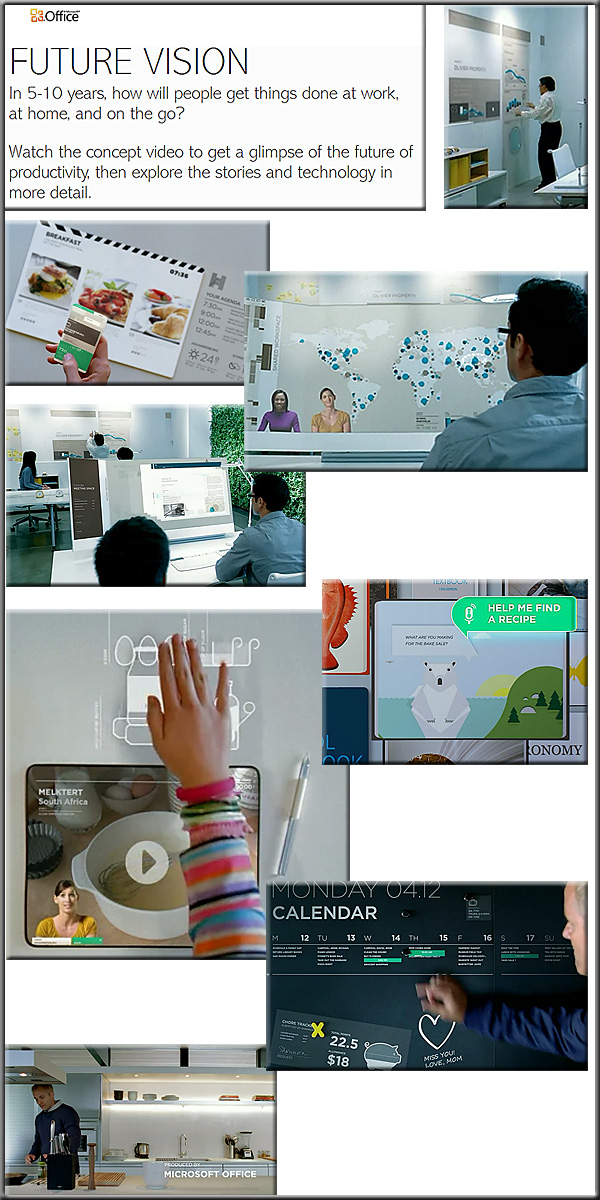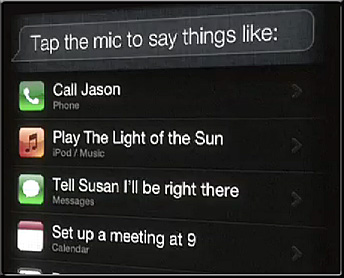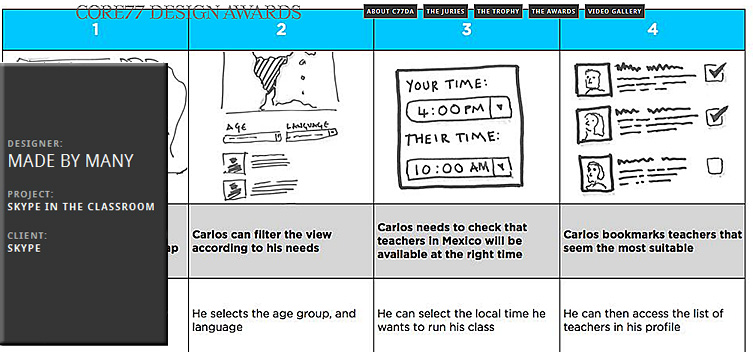Skype announces Facebook-to-Facebook calling — from wired.co.uk by Beth Carter
Polycom® RealPresence™ Mobile — now for both the iPad and Android-based devices
Take video collaboration mobile with the first enterprise HD software solution for Motorola and Samsung tablets
Polycom® RealPresence™ Mobile is a new, free-to-download software solution that extends our legendary HD video collaboration technology, built on the Polycom RealPresence Platform, beyond the office and conference room to your Apple® iPad® 2, Motorola XOOM™ and Samsung Galaxy Tab™ tablet PCs.
Also see:

On October 12, Polycom president and CEO Andy Miller gave a keynote address during the CTIA Enterprise & Applications™ 2011 conference in San Diego, Calif., discussing video collaboration in today’s mobile society. During his keynote, Andy presented key industry trends, and share how Polycom is delivering video to mobile platforms, extending HD video collaboration technology beyond the office and conference room. The keynote included a live demonstration of a game-changing mobile video solution for enterprises – the Polycom® RealPresence™ Mobile.
Vidyo: Video conferencing on the iPad, iPhone and Android tablets and smartphones
Ad-hoc Room System

VidyoMobile on iPad 2 joining an HD multipoint video conference at 720p with 4 other laptops and a room system. (Note: This picture has not been photoshopped in any way.)
From DSC:
This posting evolved after having read $500 billion TV market new battlefield for Internet companies (from forbes.com and the Trefis Team therein) as well as the posting at Future TV disruption – Forbes says it’s worth half a trillion dollars for Internet companies (from appmarket.tv).
As the convergence — and the movement of data/apps/content/services towards the cloud — continues, I wanted to jot down some thoughts re: the current field:
- Apple, Google, Cisco and Microsoft seem to be solid players to watch in terms of cloud-based computing architectures, tools, and functionality — something to keep in mind when planning for the future directions of your organization’s set of tools and technologies.
- Personally, I vote for vendors that “get the web.” Apple and Google have traditionally been very solid innovators on the web and have turned in solid report cards in terms of innovation, performance, and web-based applications. (Adobe — with their Macromedia purchase years ago and their current lineup of tools — has also done a pretty good job, but doesn’t have the arsenal to make my top 4 picks here.)
- I don’t need to say much about Apple in terms of innovation — as they have out innovated every company on the planet while becoming the world’s most valuable company in terms of market cap. Apple is on the verge of adding enormously powerful, cloud-based functionality and apps to their ecosystem when they introduce iCloud this fall (and perhaps a web-connected/smart TV type of device in the future). They have proven themselves to be #1 in terms of working with multimedia-based content — its creation and distribution. Given the continuing trend of the convergence taking place with computers, telephones, and televisions, the ability to create and work with multimedia is key for many technology-related vendors, and, in my mind, Apple leads in this area.
- Google has shown themselves to be solid innovators as well — and they “get the web.” Their current set of web-based apps — including Google Docs, Calendar, Hangouts, Reader, Alerts, etc. — provide a solid menu of web-based apps to choose from.
- Cisco has proven themselves to be innovative as well, and owns some powerful technologies in their WebEx Meeting Center, Videoscape, networking infrastructures, and some of its other tools.
- Though traditionally not a leader/innovator on the web, I think that Microsoft has deep pockets and they are a savvy business (having just purchased Skype as an example). So with SharePoint, Skype and Office 365, Microsoft is laying the foundation for a solid, web-based collaboration space.
Having said this, one can see that it is getting harder to practice the KISS principle in the IT departments out there. But where we can do so, it makes sense to do so — as there is less finger pointing and more accountability. It’s easier to support a fewer amount of tools and, often times, it seems that things simply work better with a reduced amount of vendors/technologies involved.
- Web-based collaboration tools such as videoconferencing, shared interactive whiteboards, shared document creation, calendars/scheduling, form creation and reporting tools, chat, other
- Cloud-based content/data/apps/services
- Synchronization across multiple types of devices
- Web-based updates (think publishers’ content in addition to apps)
- Storage plans and pricing
- Types of integration and tools a vendor provides on the cloud
- The end user experience and the usability of proposed solutions
- A vendor’s strategic direction(s) for the future
Smashing the cubicles — from technologyreview.com by Tom Simonite
By sketching future spaces around tablets, smart phones, and social technologies, companies can operate with far fewer desks.

Designed for mobility:
This conference table, from the design firm Steelcase, allows employees to dock their mobile devices and take turns sharing the displays at the ends of the table. Credit: Steelcase
Also see:
- The Rise of the Virtual Office — from technologyreview.com
As the definition of the workplace changes, dramatic increases in productivity could be ahead.
How to give your webcam video an audio punch: Use a shotgun microphone — from ReelSEO Video Marketing by Grant Crowell


Steelcase sets out to discover where HD video links will take the next-generation office — from Crain’s Detroit Business by Matthew Gryczan
MATTHEW GRYCZAN/CMB
Ideo Chairman David Kelley (on screen) in Palo Alto, Calif.,
and Steelcase CEO Jim Hackett are constantly connected
from Hackett’s office in Grand Rapids.
Some excerpts from SmartDesks.com — my thanks to Mr. Cal Keen at Calvin College for these resources
Nice elevated flooring design here:
Addendum later on 7/18/11:
- Get the Most Out of Your Learning Space — from Chief Learning Office by Natalie Morera
Corporations can learn much from higher education institutions when it comes to utilizing physical learning spaces. When used properly, they can facilitate better learning.
Some items re: Blackboard’s announcement of their Collaborate product:
- Blackboard Collaborate: Overview — from Bb
- Blackboard Launches New, Real-Time Collaboration Platform Built for Education — prnewswire.com
- Blackboard Collaborate formally launched at BBWorld 2011 — from zdnet.com by Christopher Dawson

























